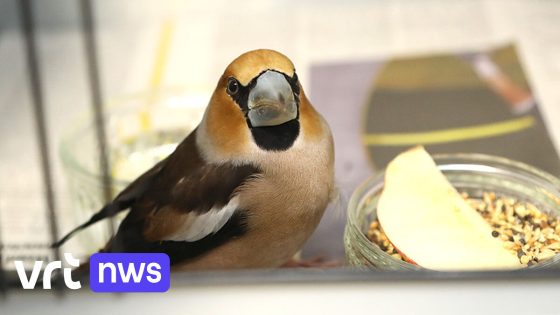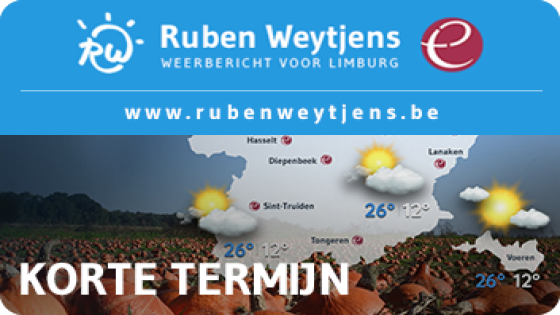On February 8, 2025, nature inspectors from the Agency for Nature and Forest seized 120 songbirds in Limburg. These birds were illegally captured for resale, raising concerns about wildlife protection. How can we ensure that our feathered friends are safe from poachers?
- Nature inspection seized 120 songbirds.
- Birds captured for illegal resale.
- Methods include mist nets and decoys.
- Breeding challenges lead to illegal capture.
- Fraudulent rings used for selling birds.
Belgium‘s Wildlife Trafficking Crisis: What You Need to Know
The recent seizure of 120 songbirds in Limburg underscores a troubling trend in wildlife trafficking. Why do people resort to illegal trapping? Many species are hard to breed in captivity, prompting poachers to capture them unlawfully.
The Methods Behind Illegal Bird Capture: Understanding the Risks
Bird trappers often use mist nets, clap nets, or decoy birds to lure their targets. These tactics not only harm individual birds but also disrupt entire ecosystems. Here’s what you should know:
- Illegal trapping threatens local bird populations.
- Caught birds may suffer injuries or stress during capture.
- This practice undermines conservation efforts globally.
- Fraudulent rings are used to disguise the origin of these birds.
The Impact of Illegal Bird Trade on Biodiversity
The illegal bird trade has far-reaching consequences for biodiversity. When species are removed from their natural habitats, it disrupts food chains and ecological balance. Have you considered how this affects your local environment?
How Communities Can Combat Wildlife Trafficking
Community awareness is crucial in fighting wildlife trafficking. Local groups can educate citizens on protecting native species and reporting suspicious activities. What role can you play in safeguarding wildlife?
The Role of Legislation in Protecting Songbirds
Stronger laws against wildlife trafficking could deter poachers and protect vulnerable species like songbirds. Advocating for policy changes is essential—how can we push for better protections?
Together, we can work towards a future where our avian friends thrive freely in their natural habitats.
































